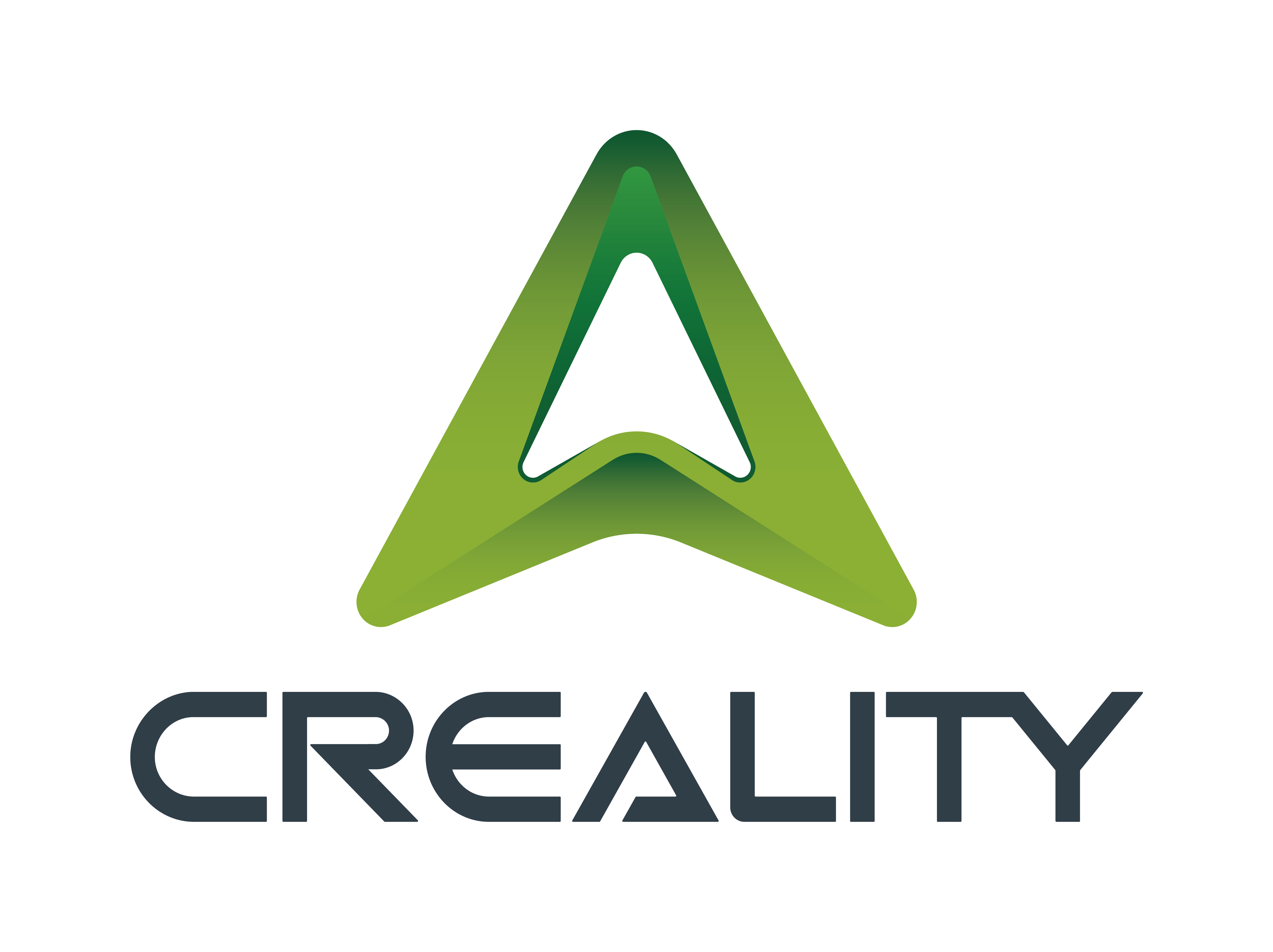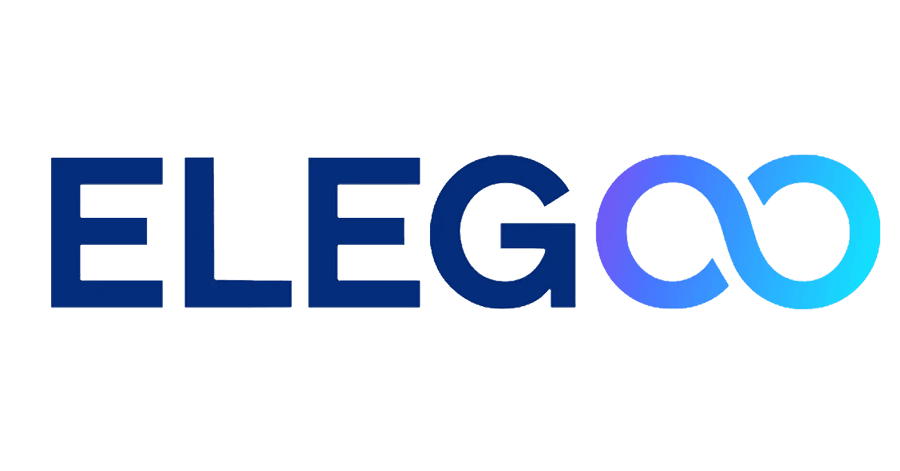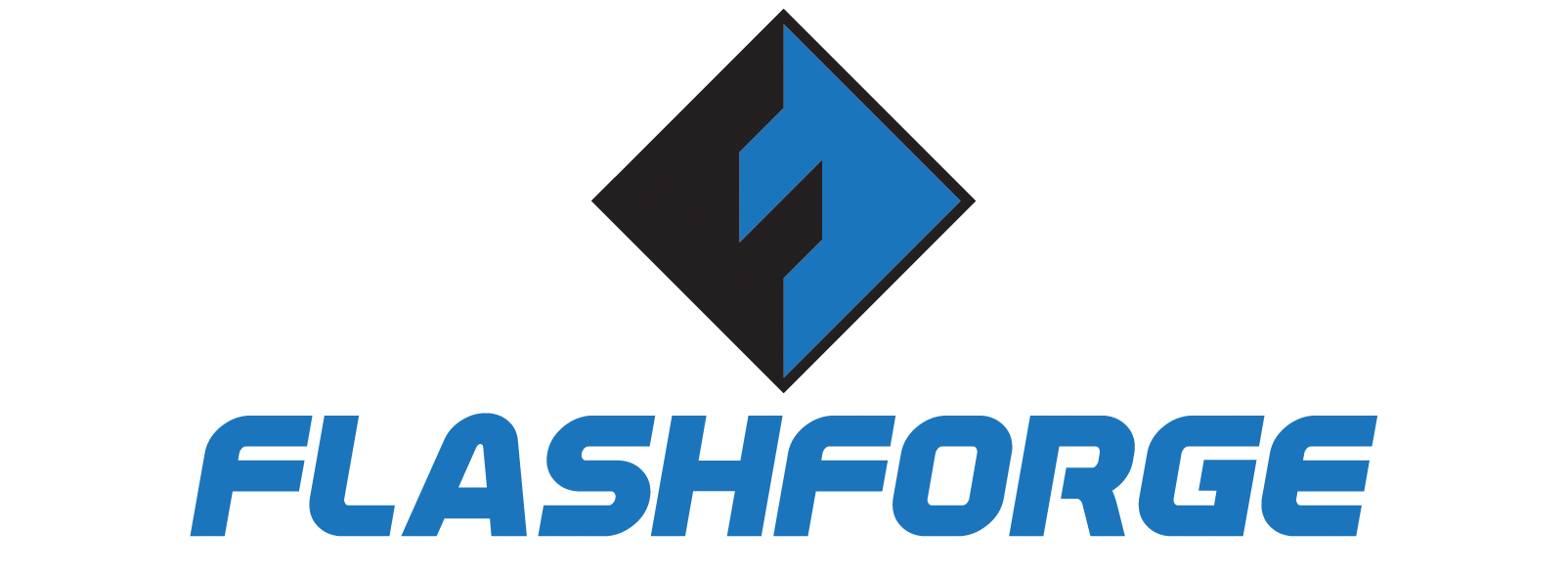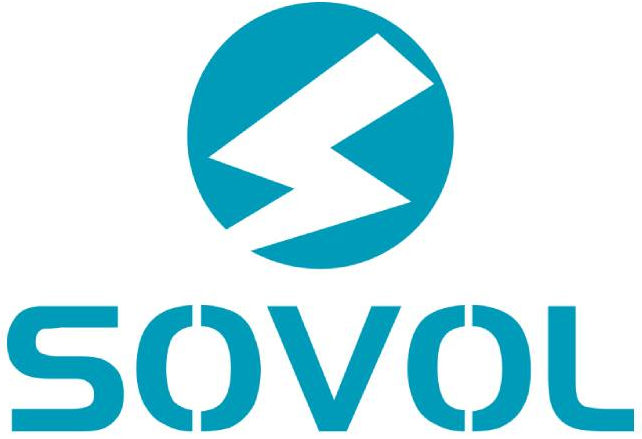Top 3D Printers Brands Based In czechia Brands
Here's what we recommend for:
Product Selection
4.37/5
Prusa is a premium open-source brand with a reputation for engineering excellence, reliability, and support. With models like the MK4 and XL, it’s built for users who care about print quality, longevity, and an active ecosystem. Prusa offers a diverse range of 3D printers and related devices, each tailored to specific user needs and applications. Below is an overview of their main product series:
Ease of Use
4.8/5
Ease of use is a hallmark of Prusa printers, even for models sold as kits. The assembly experience is aided by industry-leading documentation, with both printed and online guides that walk users through setup in a highly approachable manner. Prusa printers include advanced usability features such as automatic mesh bed leveling, crash detection (which pauses the print if abnormal head movement is detected), filament runout sensors (that halt printing when...
Cost & Affordability
3.3/5
Prusa printers are priced higher than many of their Asian competitors, reflecting their premium design and long-term value. For example, the MK4 typically starts between $800–$1,100, while the Prusa XL, especially with multi-tool support, can exceed $2,000. However, these prices are often seen as justifiable by serious users due to the printers’ reliability, long lifespan, high resale value, and industry-leading support. Rather than short-term gadgets, Prusa machines are considered long-term...
Print Quality & Speed
4.6/5
Print quality is where Prusa shines brightest. Machines like the MK3S+, MK4, and XL consistently deliver flawless first layers (the crucial first printed layer that affects the rest of the print), excellent dimensional accuracy (objects match the intended size precisely), and beautiful surface finish with minimal user tuning. Prusa’s self-calibration routines (automatic checks and alignments before printing), mesh bed leveling (scanning the bed at multiple points to compensate for slight...

Outstanding print quality with minimal tuning needed

Extensive material compatibility with flexible, technical, and engineering-grade filaments

Strong focus on reliability and long-term durability

Fully open-source ecosystem with deep community and developer support

Excellent ease of use with semi-assembled kits and intuitive software (PrusaSlicer)

Exceptional customer support and documentation quality

Continual innovation (Prusa XL, CoreXY models, multi-material printing systems)

Higher pricing compared to budget brands but justified by consistency and service
All 3D Printers Brands

Home 3D Printer Buying Guide
3D printing at home is becoming increasingly popular, offering endless possibilities for creativity, prototyping, and even small-scale manufacturing. If you're considering buying a 3D printer for personal use, here’s a quick guide to help you make the right choice.
1. Determine Your Purpose
Start by asking yourself what you plan to print.
-
Hobby models and toys: Basic FDM (Fused Deposition Modeling) printers will do.
-
Detailed prototypes or miniatures: Consider SLA (Stereolithography) printers for higher precision.
-
Functional parts: Look for printers that handle durable materials like ABS, PETG, or nylon.
2. Choose the Right Printing Technology
-
FDM Printers: The most common and affordable. Great for beginners and general use.
-
SLA/DLP Printers: Offer high-resolution prints but use liquid resin and need post-processing. Ideal for detailed work.
-
MSLA Printers: A type of resin printer that is faster and often cheaper than standard SLA models.
3. Key Features to Look For
-
Print Volume: The maximum size your printer can handle. Larger volumes mean bigger prints.
-
Print Resolution: Lower micron numbers mean smoother details.
-
Ease of Use: Features like auto-bed leveling, touchscreen interfaces, and Wi-Fi connectivity can make a big difference.
-
Material Compatibility: Some printers work with multiple filaments like PLA, ABS, PETG, or flexible filaments.
-
Enclosed vs. Open Frame: Enclosed printers maintain temperature better and are safer around kids and pets.
4. Budget Considerations
-
Entry-level (under $300): Good for beginners (e.g., Creality Ender 3, Anycubic Kobra).
-
Mid-range ($300–$800): Better build quality and more features (e.g., Prusa Mini+, Bambu Lab A1 Mini).
-
High-end ($800 and above): Superior reliability, speed, and precision (e.g., Prusa MK4, Bambu Lab X1C).
5. Other Important Tips
-
Support and Community: Choose brands with strong online communities and good customer service.
-
Upgradability: Some printers allow easy upgrades like better nozzles, direct-drive extruders, or hardened parts.
-
Maintenance: Every 3D printer needs maintenance. Resin printers require extra care with cleaning and handling chemicals.
Conclusion
Choosing the right 3D printer depends on what you want to create, how much you want to spend, and how much effort you're willing to invest in learning and maintenance. Start simple if you're new, and scale up as you gain experience. Happy printing!
KEEP READING















